In this article we will see how many Raspberry Pi models exist, from the brand’s launch to current releases (early 2024).
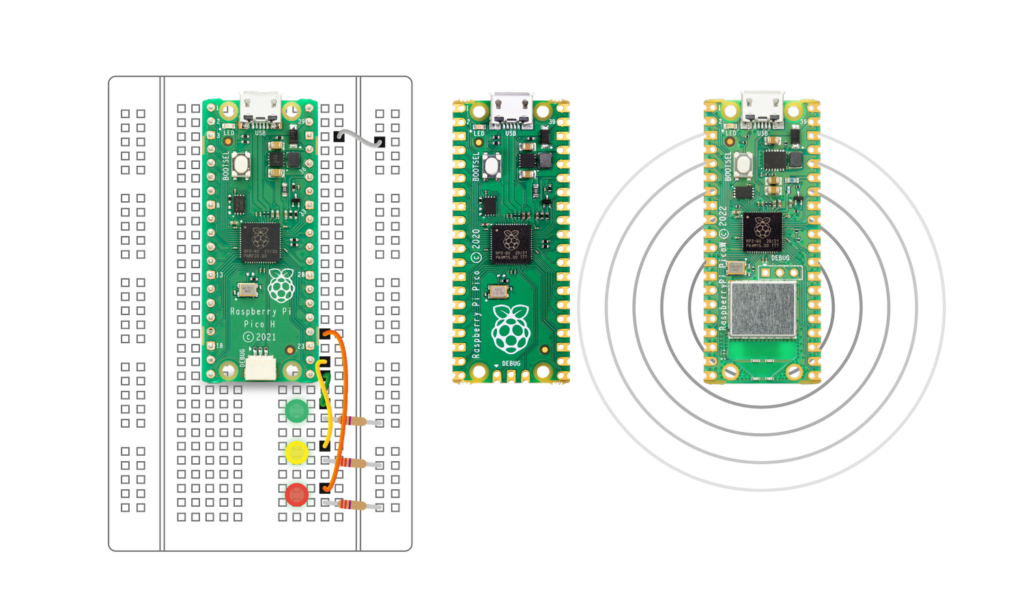
The first Raspberry Pi launched was the Model B, in February 2012; it was soon followed by the Model A. From the beginning the chip was Broadcom, with 700Mhz and 256Mb or 512Mb of RAM.
It already had two USB ports, an Ethernet and Analog video output. The Model A was launched in February 2013 and only had a 256Mb RAM version.

Soon after came the Raspberry Pi 2, in February 2015. It has a 900MHz AMR Cortex-A7 processor and 1GB of RAM.
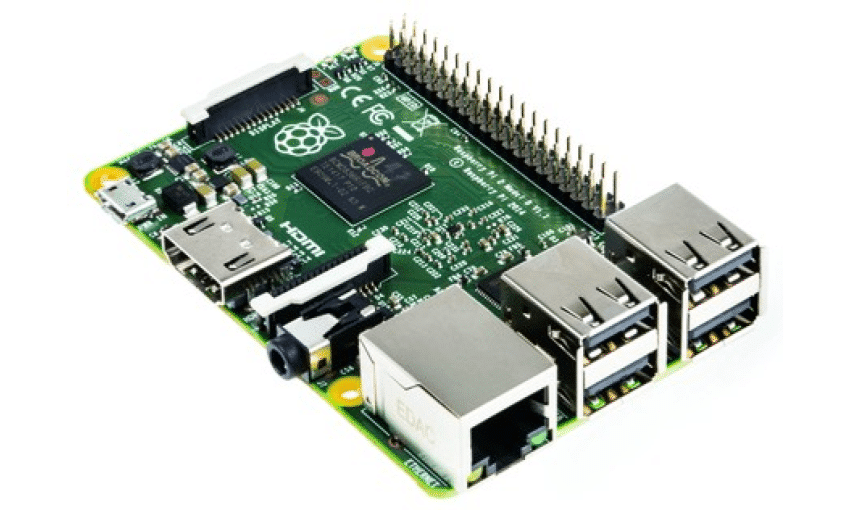
Soon after (still in 2015) came the Raspberry Pi Zero, with a form-factor (dimensional) different from traditional boards. The board did not have Wi-Fi and had fewer IO pins (GPIO).
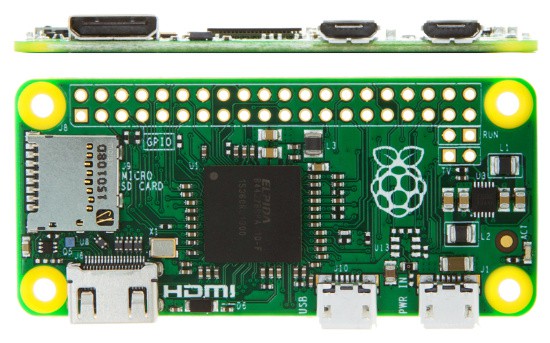
Soon after came the Rasbperry Pi 3B, with Wi-Fi, Bluetooth and the possibility of booting via USB (this was a big advance). Then came the Pi Zero 1.3 with a camera connector and soon after the Zero W, with Wi-Fi.

From 2018
In 2018 there were two versions of the main board, the 3 B+ with Wi-Fi, PoE (power via Ethernet) and network boot (boot via network). Soon after came the 3 A+ with Wi-Fi and Bluetooth.
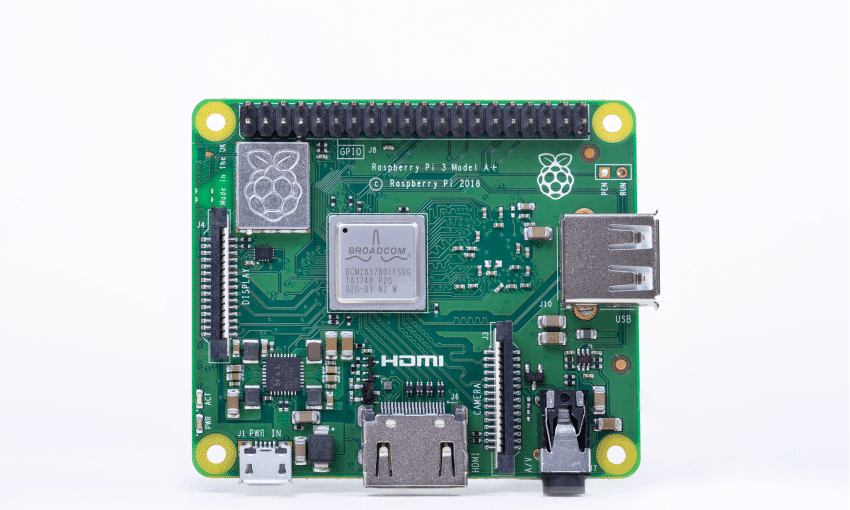
In 2018, the Raspberry Pi Zero WH was launched, with pre-soldered pin headers. In June 2019, the expected Raspberry Pi 4 B was launched, with USB 3.0 ports, Gigabit Ethernet, up to 8Gb of RAM and resolution up to 4K.
I worked at a company whose product used the Pi 4B, its processing is very fast.
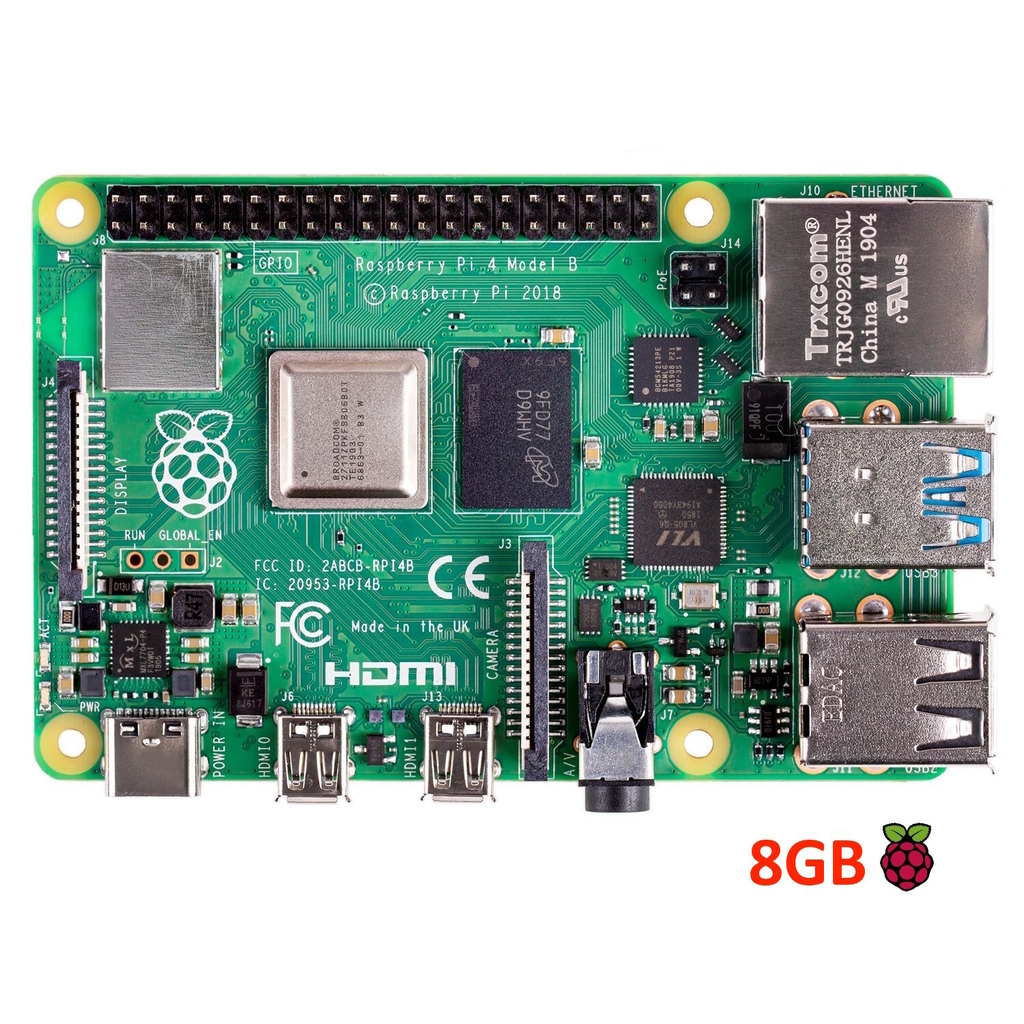
In 2020, the Raspberry Pi 400 was released, a complete “computer” with 4Gb of RAM and 20% faster than the Pi 4.
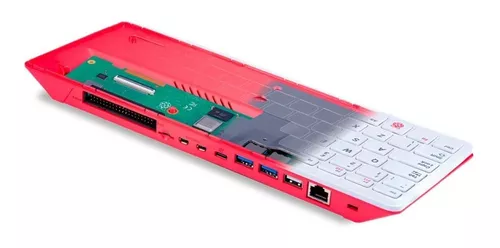
2021 brought two launches of the Pi family, the Zero 2W based on the Pi3 processor. And also the Raspberry Pi Pico, the first microcontroller in the family. Based on the RP2040, an ARM Cortex M0+ programmable in C++, assembly, microPython, CircuitPython and Rust.
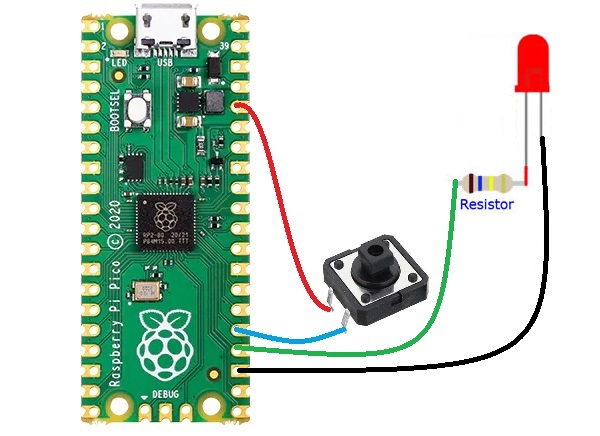
I have several articles here on the blog about using the Pi Pico, check them out. The year 2022 brought the Pi Pico W, now with Wi-Fi. 2023 came with the Raspberry Pi 5, twice as powerful as the Pi 4. The board costs US$60 to US$80 and no longer has the 3.5 jack mm for audio.
It has USB 3.0 and an onboard RP2040 chip, as well as a camera input.
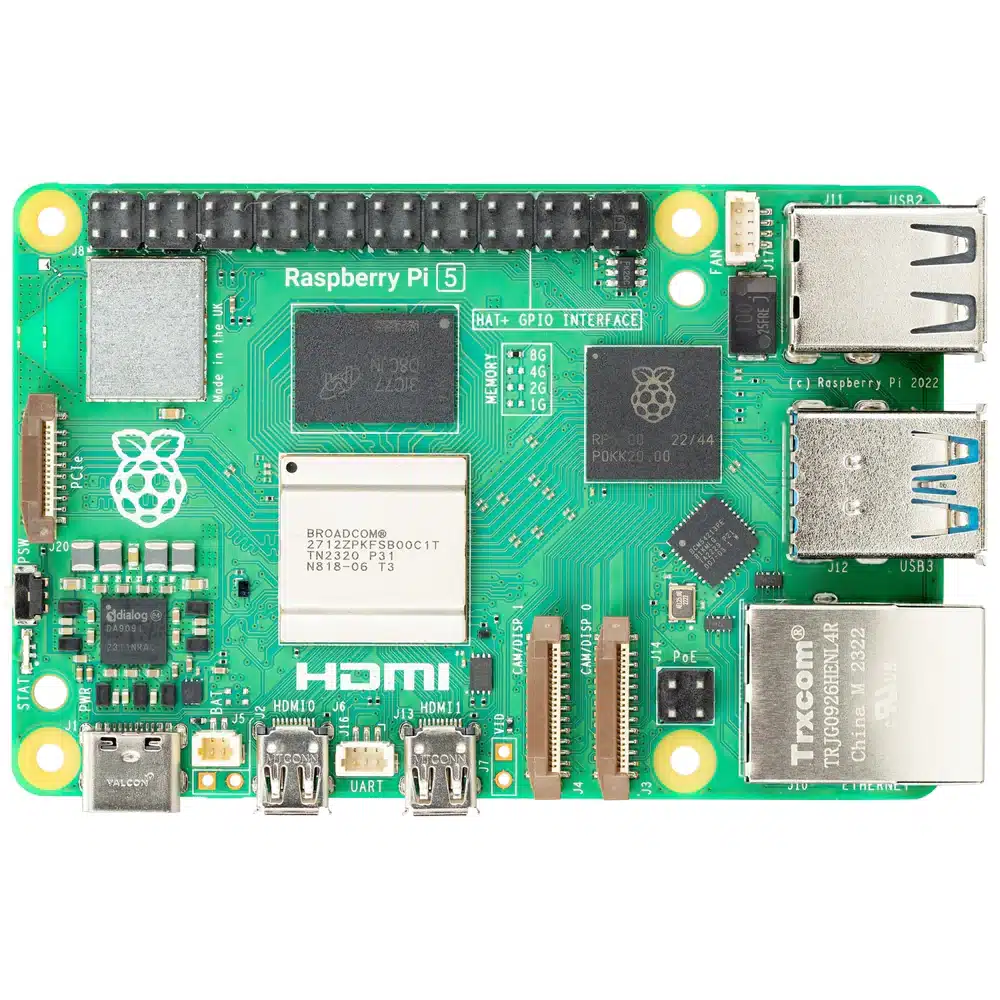
And the future?
As for the future, in this article the founder of Raspberry Pi comments on a possible successor to the RP2040 and a new computer module (embedded module). All of this to happen in 2024.

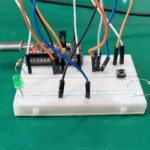
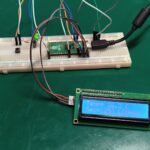



Leave a Reply